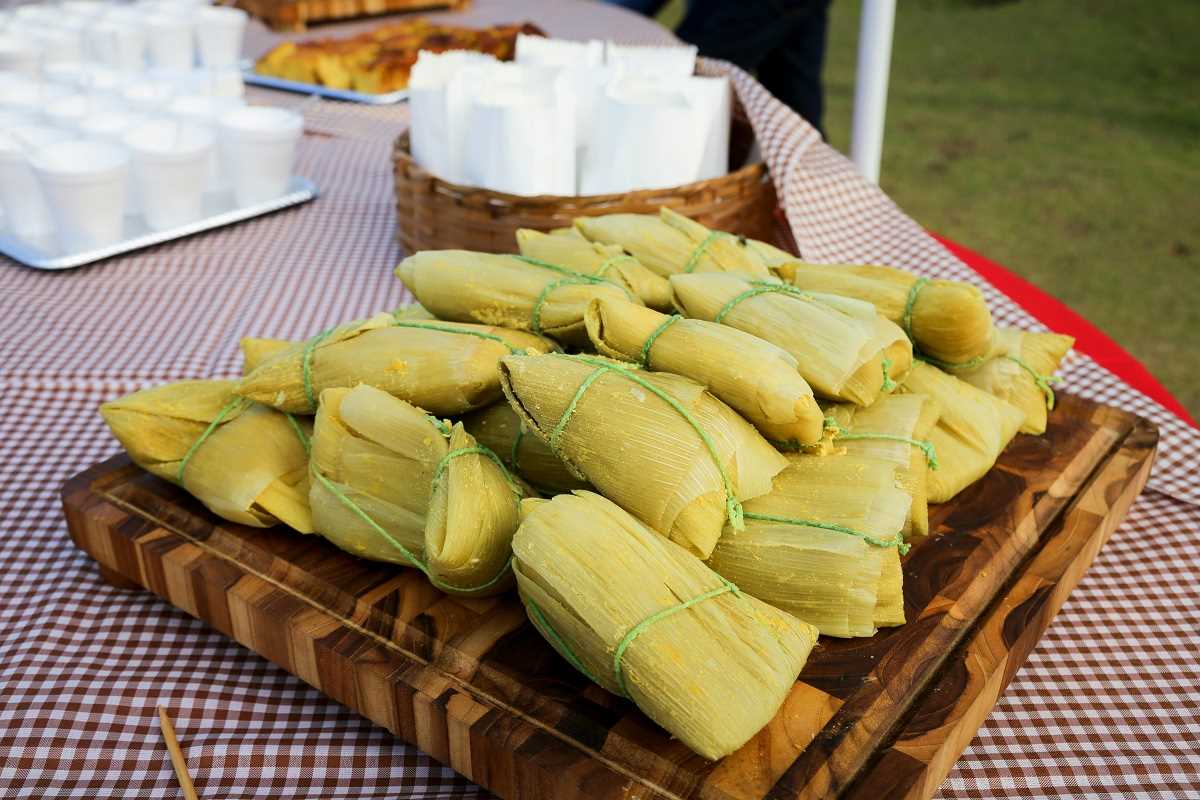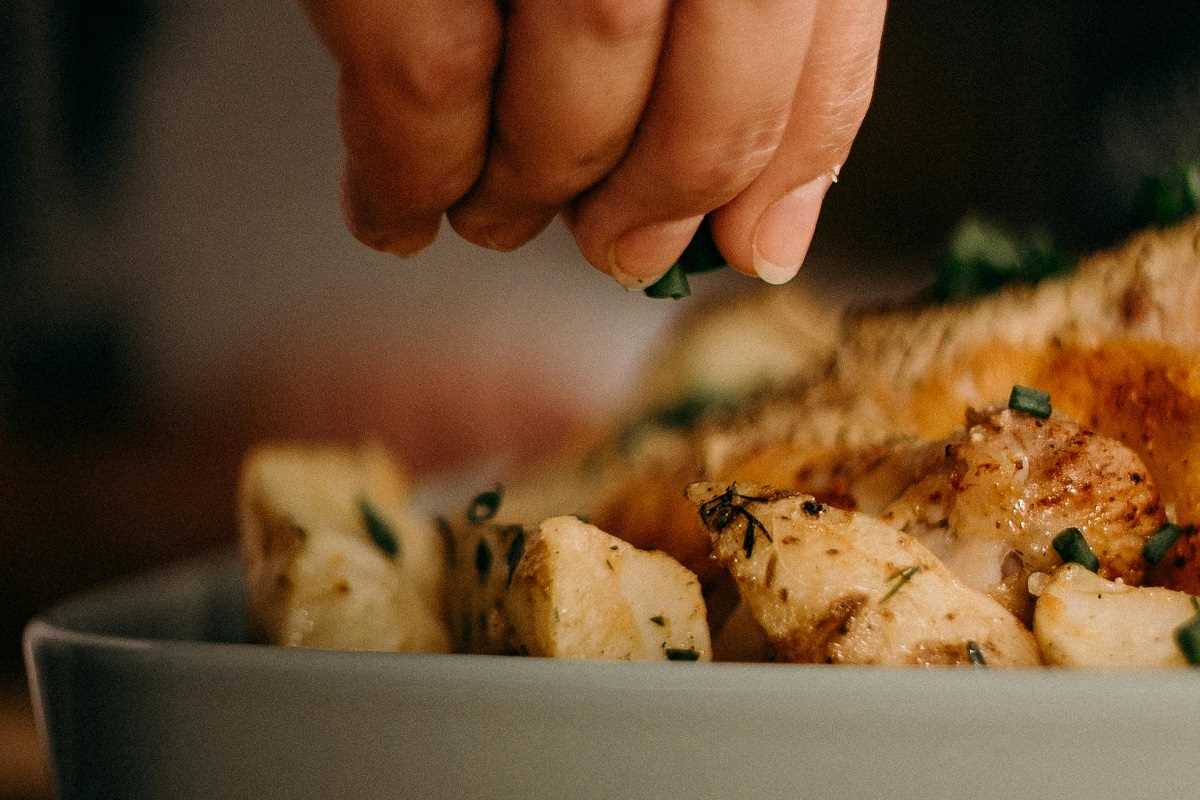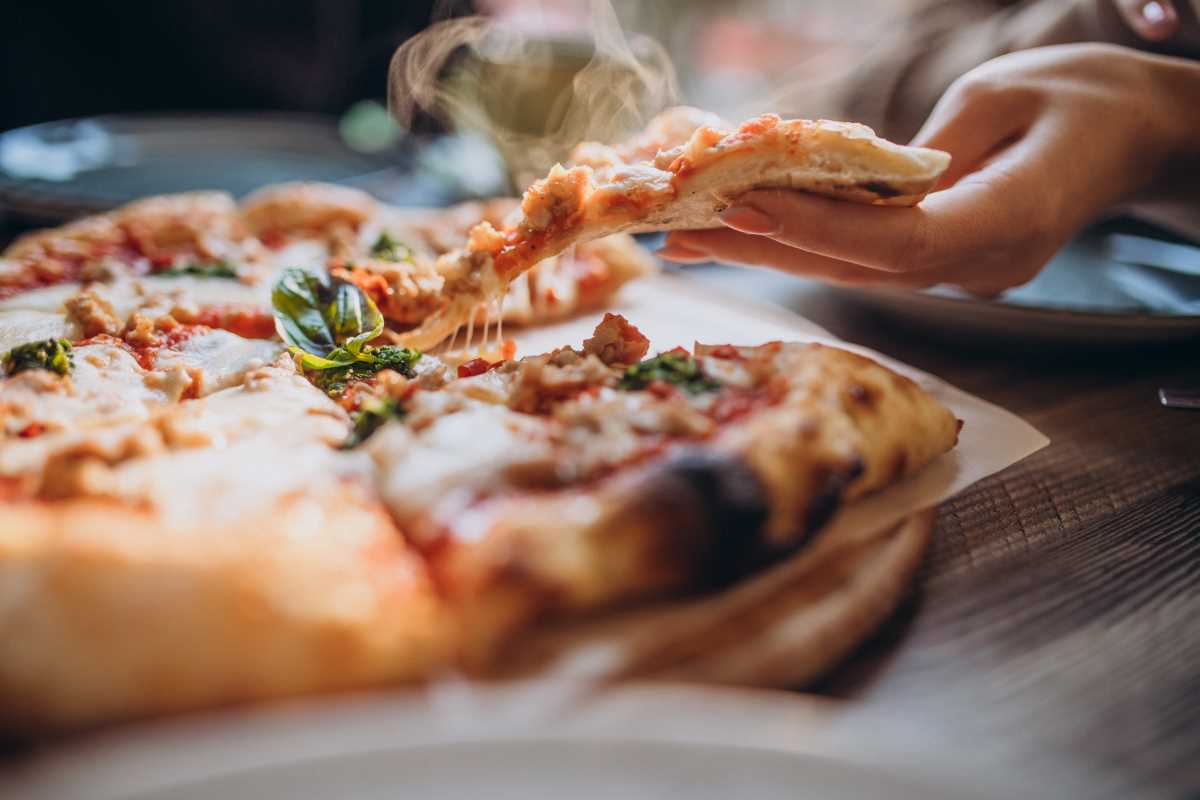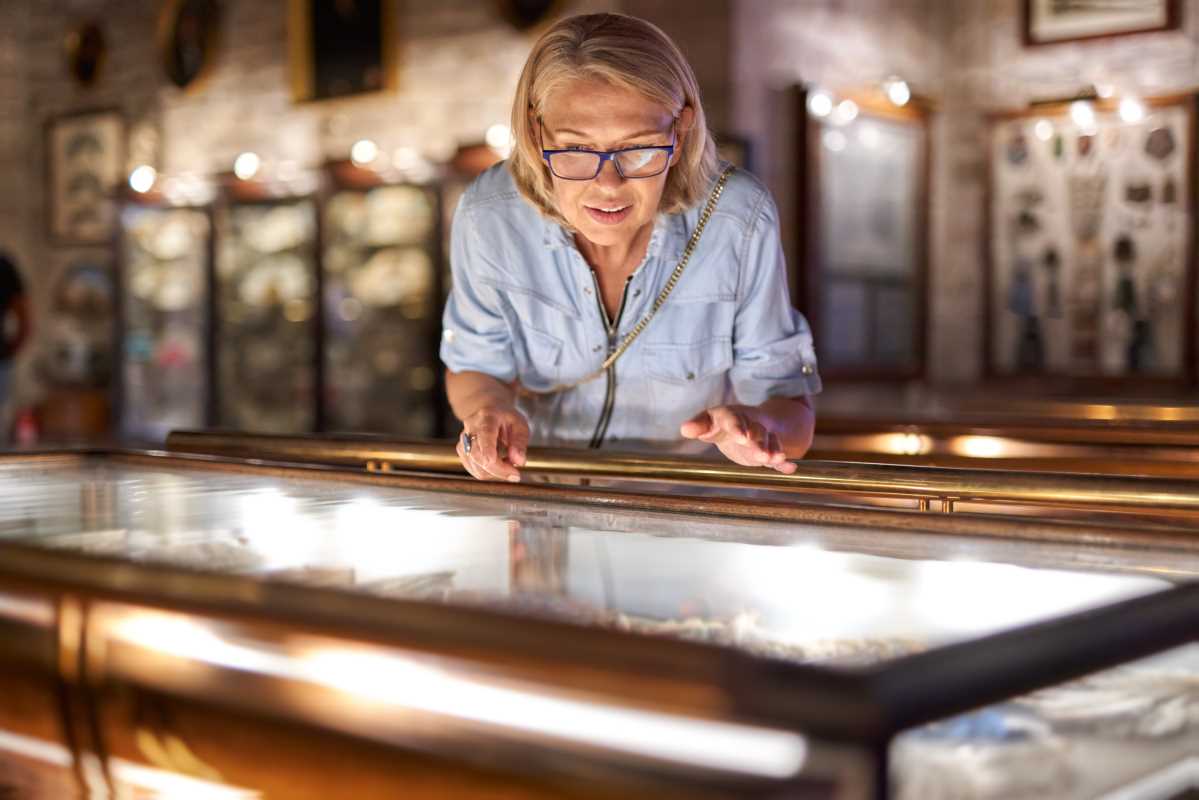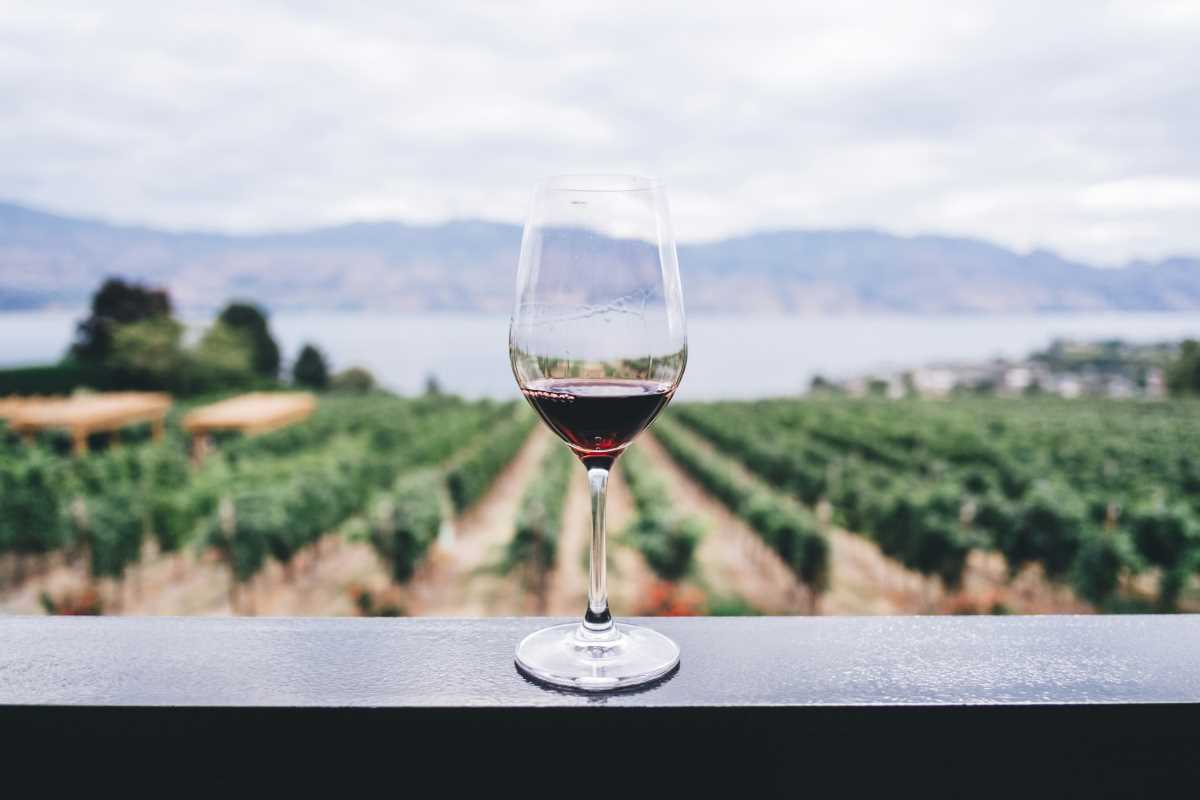Warm spices swirl through the air as stories from the past seem to echo in every corner of a busy kitchen lined with clay pots and glowing lanterns. Every dish served here holds a piece of history, telling tales that have traveled through countless generations. As each spoonful passes your lips, the flavors reveal more than just a satisfying meal—they open a door to traditions that continue to shape the present. Shared under the gentle glow of lanterns, both food and folklore invite you to experience a culture where every bite and story are woven together.
Join a journey that turns ordinary meals into vibrant stories. You’ll discover how stirring a pot and telling a tale become inseparable acts of creation, revealing the essence of far-off places through senses and spoken word. Prepare to witness kitchens transform into stages, where every ingredient plays a character in a plot steeped in heritage.
How Cultures Are Enriched by Flavorful Stories
Beyond mere taste, dishes carry memories of harvest rituals, thresholds between seasons, and community bonds woven around shared bowls. When you watch a cook steady the simmering broth, you see centuries of trial and adaptation distilled into clear, comforting warmth. This interplay of taste and tradition invites you to appreciate how food shapes identity and connects souls across time.
That fusion of palate and story reflects deep human impulses: to nurture, to remember, to pass on wisdom. Witnessing a ceremonial offering of spiced grains or a ritual pouring of sweet tea lets you sense the pulse of ancestral rhythms. Synchronized breaths around a communal table echo a collective heartbeat that thrives on both flavor and folklore.
Elements That Make Traditions Come Alive
Every community mixes its own signature blend of history and flavor. Some steep herbs gathered at dawn; others mark milestones by kneading dough for braided breads shaped like protective talismans. Such practices go beyond mere cooking—they serve as storytelling tools that convey morals, histories, and hopes.
By participating, you learn gestures carried across generations: the angle to pour spiced oil so droplets trace intricate symbols, the precise moment to fold leaves over fillings so steam traps fragrant stories inside. Each motion becomes a sentence, each shared dish a chapter.
Hands-On Folklore Feasts
- Stew Ceremony Preparation
- Purpose: Connect guests with symbolic flavors of earth, wind, fire, and water
- Steps:
- Gather seasonal vegetables and spices from local growers
- Invite each guest to add an ingredient and share a memory tied to it
- Simmer slowly while narrating a regional foundation myth
- Cost: ~ $15 per person from open-air markets
- Insider tip: Offer tasting spoons throughout to keep guests engaged during the simmer
- Herbal Infusion Toast
- Purpose: Engage senses and spark storytelling before the meal
- Steps:
- Collect fresh herbs (mint, rosemary, lemongrass)
- Steep leaves in hot water with citrus peels for 15 minutes
- Pour into small wooden tumblers and invite a toast
- Cost: Minimal—free if foraged, or under $5 in bulk
- Insider tip: Feature one herb per round to prompt personal connections to each flavor
- Leaf-Wrapped Parcel Ritual
- Purpose: Link tactile cooking to ancient harvest ceremonies
- Steps:
- Provide broad leaves (banana, grapevine) and a grain mixture
- Demonstrate folding techniques symbolizing protection and unity
- Steam parcels while sharing planting and harvest tales
- Cost: ~ $8 per serving; leaves often sourced sustainably
- Insider tip: Assign roles—wrapper, filler, teller—to build camaraderie
- Sacred Spice Scavenger Hunt
- Purpose: Teach spice origins through interactive play
- Steps:
- Hide jars with cinnamon, fennel, turmeric, and star anise
- Create puzzle clues tied to local myths about each spice
- Gather at a central hearth for a blending demonstration
- Cost: Under $10 for reusable jars and spices
- Insider tip: Pair each clue with a short folktale enactment for deeper immersion
- Communal Dough Kneading
- Purpose: Show unity through collective bread-making
- Steps:
- Mix flour, water, salt, and yeast in a shared basin
- Invite everyone to knead for 5 minutes while recounting a proverb
- Shape loaves as symbols of group identity, then bake and share warm
- Cost: ~ $2 per person for basic ingredients
- Insider tip: Play regional folk music during kneading to guide rhythm and movement
Connecting Flavors and Stories Through Experience
Meals carry stories of heritage, from harvest rituals to ancestral wisdom about balance with nature. Joining in—whether blending spices or shaping dough—turns you into a participant rather than just an observer. By engaging with both food and folklore, you create lasting connections where flavor and tradition meet.
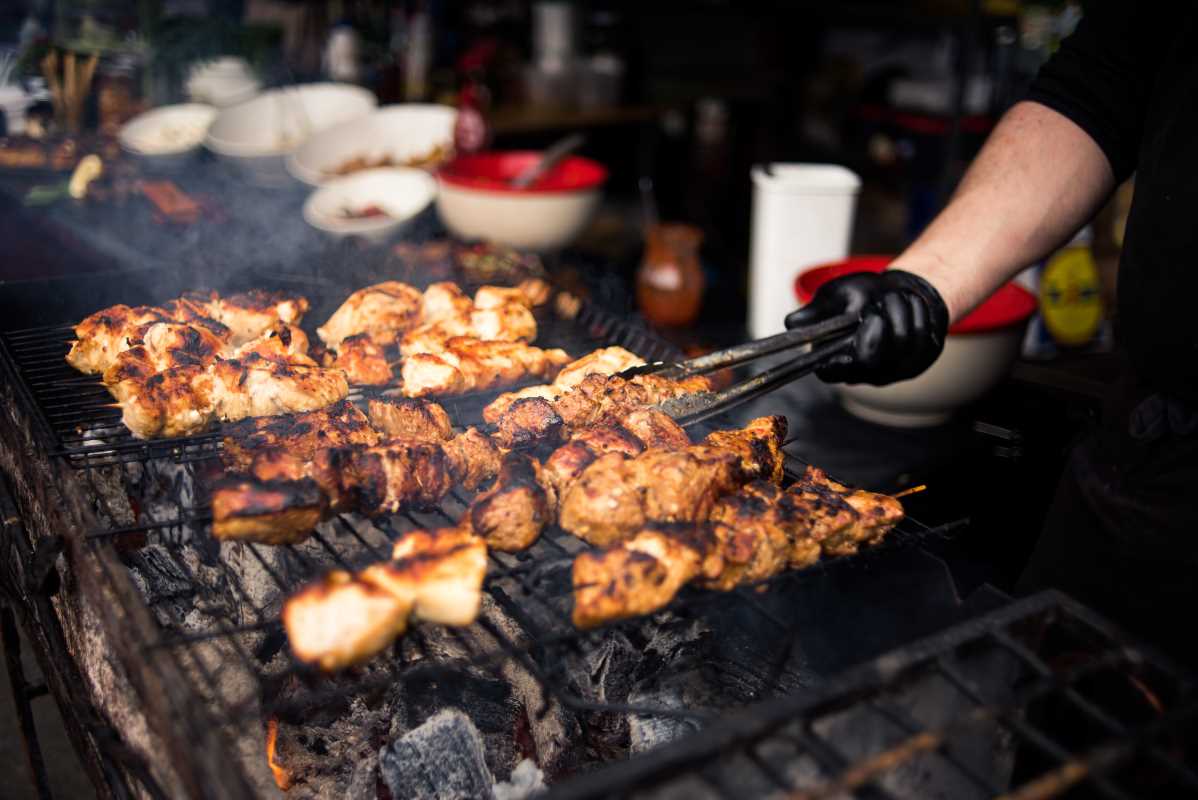 (Image via
(Image via

